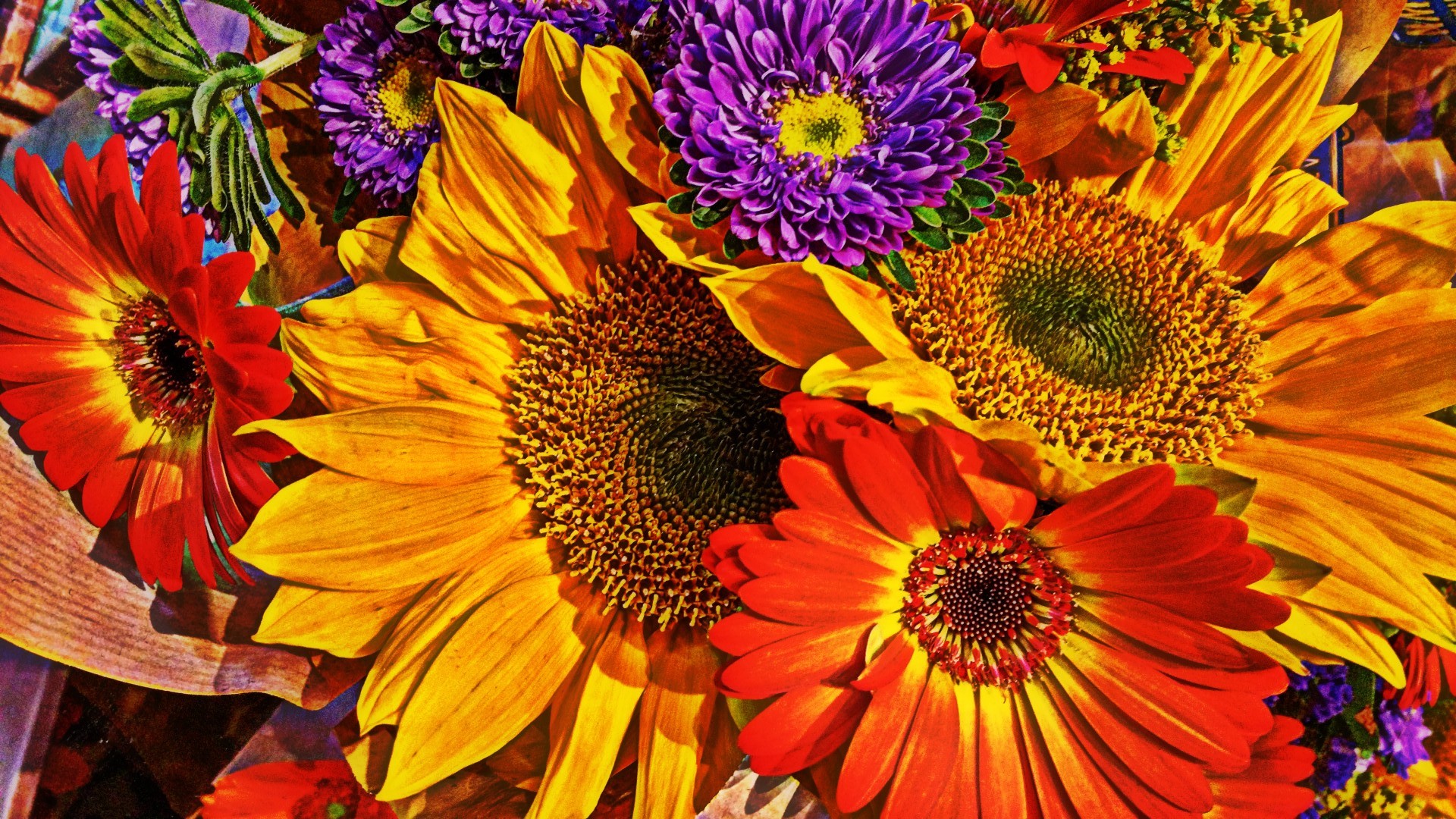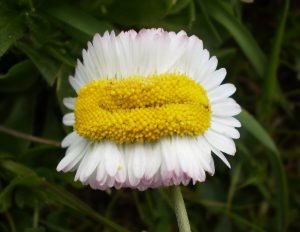Didn’t know that artichokes are members of the daisy family? Lots of people don’t. There are many surprises in this enormous plant family. It boasts 1,911 genera and over 32,913 species! But even so, so what?
Well, it’s National Garden Month, and it turns out that the daisy family—a.k.a., the Asteraceae family and the Sunflower family—has gardeners covered for both food and beauty.
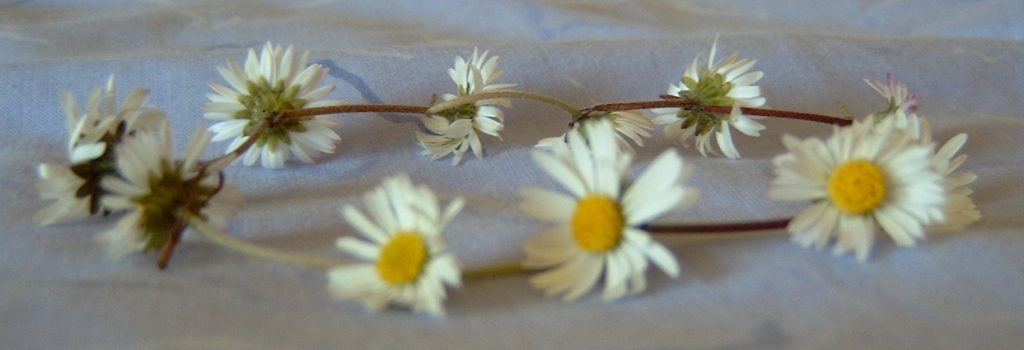
Note: The lists that follow are illustrative, not exhaustive!
Delicious Daisies
Have you had your daisy today? Dandelion greens? Probably not. Perfectly edible, they were introduced into the New World by European immigrants in the 1700s as a food source.
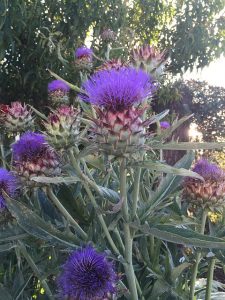
Today, not so much. But what about the following?
- Lettuce (various varieties, cultivated for the last 5,000 years)
- Endive
- Chicory
- Artichokes
- Jerusalem artichoke (a.k.a. sunchoke, sunroot, earth apple)
- Sunflowers
- Safflower
- Tarragon
- Salsify
- Stevia
- Camomile
- Sage
- Absinthium
Medicinal Daisies
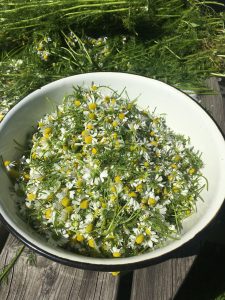
People use daisies to make all sort of medicines: antioxidant, anti-inflammatory, antimicrobial, diuretic, wound healing, and more. According to the World Health Organization, over 80% of the world’s population depend on traditional and folk medicine. Agata Rolnik and Beata Olas have written a fascinating study of the many ways plants in the daisy family can protect human health. Some daisies frequently used for health purposes include the following:
- Wormwood
- Camomile
- Dandelion
- Yarrow
- Tansy
- Milk thistle
- Echinacea
Beautiful Daisies
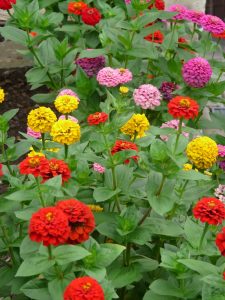
Though plants in the daisy family are often also edible or medicinal, many people know them primarily for their beauty, for example daisies, dahlias, and coreopsis. But also including:
- Gerbera daisies
- Shasta daisy
- Asters
- Calendula
- Zinnia
- Chrysanthemum (also has insecticidal properties)
- Marigold (a.k.a. German stinkblumen)
- Carnation
- Coreopsis
- Brown/black eyed daisies
Commercially Important Daisies
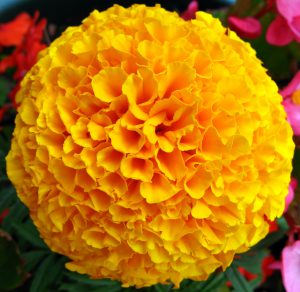
A wide array of plants in the daisy family are grown for commercial use. They’re everywhere, including food crops, cooking oils, sweetening agents, coffee substitutes, and herbal teas, as well as all the members of the asteraceae family that florists rely on. One that surprised me is the French marigold, used in commercial poultry feed and produces oils used in colas and the cigarette industry.
- Common marigolds – insect repellent
- Chrysanthemum – produces insecticides
- Guayule – hypoallergenic latex
Daisies for Beekeepers
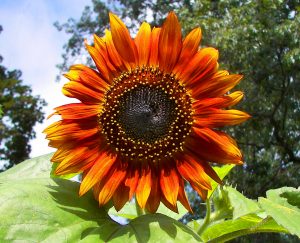
Colorful, fragrant daisies attract all manner o pollinators, particularly bees. Beekeepers often plant members of the asteraceae family to keep their bees happy.
- Sunflowers
- Knapweed
- Some species of goldenrod (for an especially high protein pollen)
Daisy Black Sheep
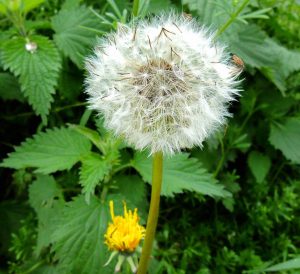
Not every variety of the daisy family finds a warm welcome, for various reasons.
- Dandelions, as a robust weed and cause of contact dermatitis
- Ragweed causes so-called hay fever
- Ox-eye daisy, causes both contact and inhalant allergy
- Any-pollen heavy plant can aggravate rhinitis for allergy sufferers
Overall
Daisies are old: they were first described in 1740. But the oldest known fossils are pollen grains dated to c. 76-66 million years ago. The family is huge: 1911 genera and at least 32,913 named species. It is arguably the largest plant family, possibly rivaled by orchids. Both families are too big to count. They’re everywhere, on every continent except Antarctica. I’ve focused on flowers and herbs, but it also includes shrubs, vines, and trees.
Bottom line: Whatever the garden needs, consider the Daisy family!
